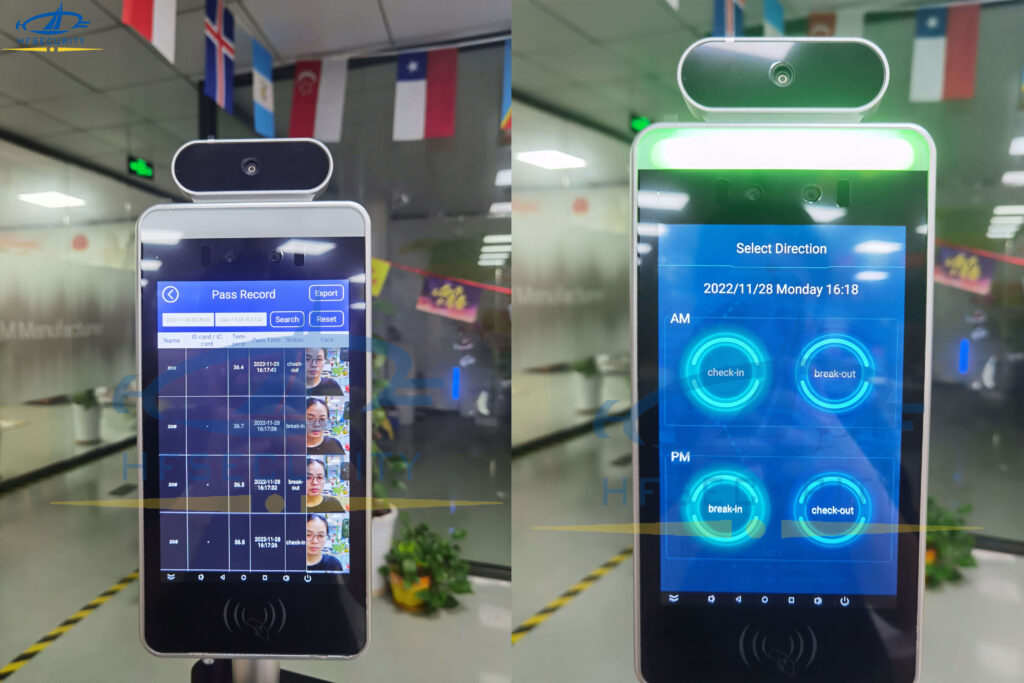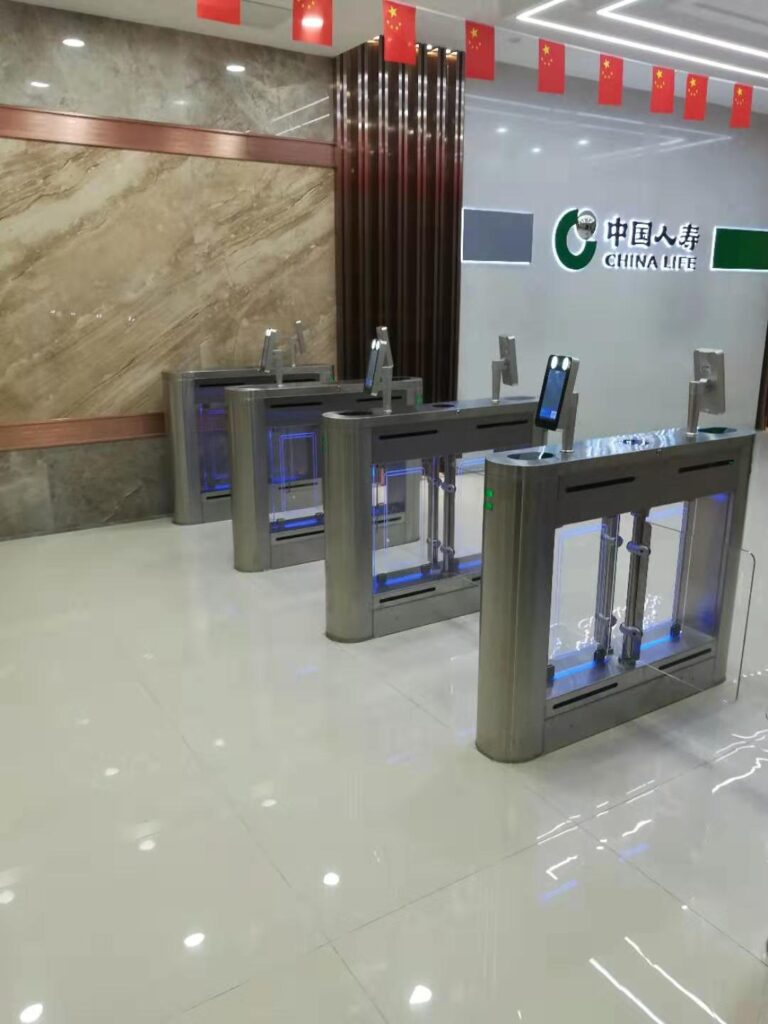Facial recognition as a credential is the ideal solution for organizations looking to deploy the latest, accurate and fast technology while enhancing the user experience of most access control applications.
Professional security practitioners know that the best method for the highest level of identity confirmation is to use multi-factor authentication consisting of something someone has – such as an access card, something someone knows – such as a PIN code, and someone’s identity -such as a fingerprint. Combining these methods can provide a level of security assurance that is perfectly suited to situations involving national security and other important matters.
But this approach is redundant for most access control systems. The vast majority of access control systems are used for day-to-day use in business offices, factories, campus and housing facilities, and similar locations. These facilities all require reliable, high-precision identity confirmation, along with the need to control costs and handle user needs quickly and efficiently.

So, the question is: What are the best credentials for fast, accurate access control authentication? The answer is – facial recognition.
Facial recognition as a credential is the ideal solution for organizations looking to deploy the latest, accurate and fast technology while enhancing the user experience of most access control applications.
From unlocking cell phones to identifying fugitives, facial recognition technology remains the technology of choice for a variety of use cases requiring the highest level of personal identification and authentication. It is therefore not surprising that facial recognition is widely used as an advanced form of access control credential. The face as an access control credential offers many benefits that ID cards, passwords, proximity cards, mobile devices, and other biometric technologies cannot provide.
Here are 5 reasons why facial recognition is the right choice for access control authentication.
Facial recognition can be integrated with every access control system
Every access control system (ACS) needs some mechanism to evaluate access requests and determine if the applicant is entitled to access controlled resources. In the past, keypads and access control readers were the most common ways for users to request access. Because facial recognition systems can provide the same type of authorization signal to the access control system as these older methods, they can be integrated with every ACS.
Facial recognition systems turn anyone’s face into their credentials. The face can be used as a standalone access solution or in combination with other credentials for added security, as a source of multi-factor authentication.

Facial recognition is frictionless and contactless
When a person’s face becomes their credential, there is no need to touch anything to gain access. No keypad to enter a PIN, no fingerprint reader to touch, no phone to scan or handheld credentials. Users simply glance at the reader and the door is unlocked as soon as the proper permissions are granted. This reduction in contact surfaces reduces the potential spread of germs and harmful bacteria, thus promoting a safe and healthy workplace.
As mentioned above, facial recognition integrates seamlessly with existing access control systems, so organizations can replace their access control touchpoints without having to remove and replace the entire system. Implementing a contactless access process also keeps facility employees and visitors on the move, as people no longer have to stop to find their physical credentials or enter their PIN codes. In this way, facial recognition provides a frictionless access experience that limits close contact and promotes social distance, while improving operational efficiency by reducing wait times at entry points.
Facial recognition is accurate and fast
Current state-of-the-art facial recognition technology leverages powerful computational techniques to deliver accurate recognition accuracy faster than ever before. Maintaining a high rate of correct recognition under a variety of viewing conditions is critical for access control applications, so only facial recognition systems that utilize the latest AI and processing technologies can provide the most reliable and accurate solutions.
Fast processing also supports a fast registration process, either when registering new users or utilizing existing databases, providing a better user experience.
For example, some facial recognition platforms today are leveraging Intel’s ANN algorithm, which also enables extremely fast processing.

Facial information cannot be lost, forgotten or stolen
Unlike physical access control credentials, users cannot forget their face at home, leave it in a parking lot or lend it to someone else. The user’s face is always with them, there is nothing to carry with them, nothing to lose, forget, or steal. Replacing lost or unique credentials, such as badges or key cards, is costly, not to mention administratively cumbersome. Organizations that rely solely on facial recognition as an access control credential eliminate the manual tasks associated with printing, issuing and reissuing physical credentials.
Lost or stolen credentials also pose a significant security risk. Organizations looking to implement a zero-trust environment can have a difficult time doing so when physical access credentials are easily lost, stolen and shared, and often the owner is not even aware of it. The loss of physical credentials due to theft or carelessness places an undue burden on security administrators who must stop work to restrict access to lost credentials and then issue new credentials. These problems are completely eliminated when facial recognition is the only source of truth for the access control system.
Facial recognition is highly secure
Some low-quality facial recognition systems, and those using outdated technology, can be fooled by hackers or bad actors who place an image or video of an authorized user in front of a camera in an attempt to gain access. However, most facial recognition providers today include anti-spoofing features designed to detect and block these attempts.
In addition, facial recognition as an access control credential is only valid if the user agrees to enroll in the system – that is, if the user “opts in” to the service and it is never used for general surveillance. This consent should eliminate potential privacy concerns, but some companies take additional steps to ensure personal privacy. The most advanced systems do not capture or store any actual images of an individual’s face, thus further ensuring privacy. Some systems also use encryption as an additional layer of security to prevent unauthorized access to systems and databases. All users’ personal data is further encrypted in transit and at rest.

Facial recognition offers significant advantages over other traditional credentials such as physical access cards, PIN codes and mobile credentials in facilitating a zero-trust environment. Modern facial recognition systems provide highly accurate, secure and frictionless facial-as-credential functionality for new and existing access control systems while maintaining personal privacy. Organizations looking to deploy facial recognition as a credential can expect to improve operational efficiency, reduce administrative tasks, and streamline access processes to ensure security while improving the user experience.

